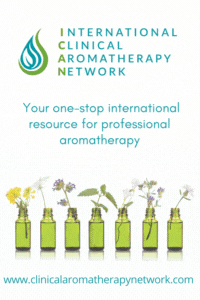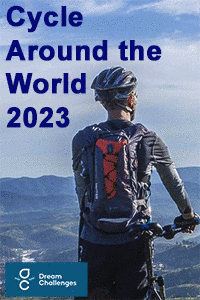Positive Health Online
Your Country

Research: WYATT and COLLEAGUES
Listed in Issue 180
Abstract
WYATT and COLLEAGUES, College of Nursing, Michigan State University, East Lansing, MI 48824, USA. gwyatt@msu.edu exploreE the association between CAM therapy use, spending on CAM therapies, demographic variables, surgical treatment, and quality of life (QOL).
Background
Up to 80% of women with breast cancer use complementary and alternative medicine (CAM) therapies to improve quality of life (QOL) during treatment.
Methodology
A secondary analysis was conducted for women with early stage breast cancer (N = 222) who were enrolled in a nursing intervention study after breast surgery. The complementary therapy utilization instrument included specific CAM therapies used, number of treatments, and spending. The number of major categories of CAM and the specific CAM therapies used were analyzed in relation to study variables using proportional odds logistic regression models. The outcome of spending for major CAM categories was analyzed using linear mixed effects modelling.
Results
A majority of women (56.8%) used at least one CAM therapy, and the biologically based therapies category was most frequently used (43.7%). Women with less than a college level of education were less likely to use CAM (odds ratio [OR] = 0.36, 95% confidence interval [CI] = 0.15-0.86, p < .01). Women who were employed were more likely to use therapies from multiple CAM categories (OR = 2.42, 95% CI = 1.00-5.88, p < .05), and those with lower QOL were more likely to use CAM (OR = 0.97, 95% CI = 0.95-0.99, p < .01).
Conclusion
The results support that women with early stage breast cancer, especially those with lower QOL, are highly likely to use CAM therapies. Further research is needed on CAM interventions to enhance supportive care for breast cancer.
References
Wyatt G, Sikorskii A, Wills CE and Su H. Complementary and alternative medicine use, spending, and quality of life in early stage breast cancer. Nursing Research, 59(1): 58-66. Jan-Feb 2010.



